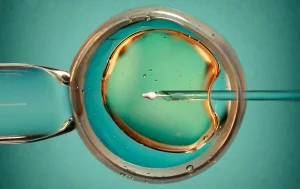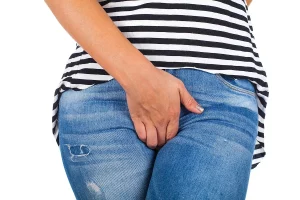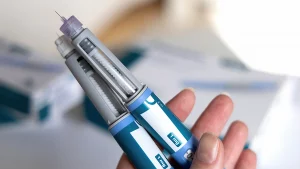
Look at these two millennial women not giving two f**ks about your worry for their drinking habits.
HAVE YOU HEARD THE BAD NEWS? Turns out millennial women are drinking too much. Or at least, that’s what the media conveys. Thank you, really for your concern, but millennial women don’t have a drinking problem. Society does have an infantilization problem, however.
Way back in 2012, Be Winery rolled out a marketing campaign aimed at building a customer base of millennial women. At the time, it was clear that millennials were adventurous in their wine-consumption habits: eager to try new labels and likely to indulge a little more than Gen-Xers and boomers. In just a few short years — and with the youngest millennials finally reaching the age of 21 — millennials are the driving force behind the U.S. wine market.
In 2015, U.S. millennials consumed 159.6 million cases of wine: a whopping 42 percent of all the vino consumed in the country. And those cases — which average out to two per person, by the way — aren’t all Trader Joe’s Grand Reserve. Where 10 percent of wine drinkers overall say they’ve spent more than $20 on a bottle in the last month, 17 percent of the Gen-Y set reports the same.
Millennials overtook boomers as the most wine-inclined generation. Although boomers are more likely than millennials to drink more than one time per week, millennials drink more at each sitting. (It should be noted that these so-called “high-frequency drinkers” account for 90 percent of the country’s wine habit.)
Women of all ages hold a small majority in wine consumerism, with 57 percent of the market. That number jumps to 66 percent among younger millennials. There’s no real wine-drinking gender divide among millennials in their 30s, but women ages 21 to 29 make up two thirds of the high-frequency drinkers in that age bracket. The Wine Market Council’s 2016 Consumer Research Conference painted a picture of today’s wine devotee:
Highly involved female wine drinkers are mostly Millennials (and skew toward older Millennial), are more often urban educated professionals, and more ethnically diverse than the typical female wine drinker.
When I was headed off to college, the media was focused squarely on a 21st birthday shot challenge that tasked the newly legal drinker with downing 21 shots of hard liquor between Midnight and 1 A.M. on their birthday. In July 2004, BBC News published a report titled “More women are drinking too much,” which stated that one-third of U.K. women ages 16 to 24 had more than 14 units of alcohol per week, compared to 15 percent in 1988 and ’89.
Today, the more general kind of binge-drinking — consuming more than 3 drinks in 2 hours — is touted as the social ill that’s killing young women. Combined with “drunkorexia” — the practice of avoiding food before drinking to balance out alcohol’s empty calories — these binges begin to look like alcohol poisoning waiting to happen. And it does happen, all too often, but not to millennial women.
In spite of all the “Oh, the horror!” write-ups on the subject, millennial women should not be the target of your concern. Young men (43 percent) are more likely than women (35 percent) to skip a meal before having a drink. Men of all ages make up 76 percent of alcohol poisoning deaths, and 34 percent of those deaths occur in adults between the ages of 45 and 54.
Still, even the most otherwise-trustworthy organizations fall victim to sensationalism and condescension when discussing women’s drinking habits. In early 2016, the CDC published an infographic on the dangers drinking poses to women. Offensive in more ways that one, the poster presented “injuries/violence,” STDs, and unplanned pregnancies as risks that “any woman” may face when she drinks.
It also attempted to frighten women who are, or may be, pregnant by saying that “more than 3 million US women are at risk of exposing their developing baby to alcohol because they are drinking, having sex, and not using birth control to prevent pregnancy.” The infographic recommended that doctors offer contraceptives to “help women avoid drinking too much,” which seems to suggest that women drink because they have children. As TIME contributor Darlena Cunha put it, “[t]he paternalism is stunning.”
Look, none of this is to say that drinking isn’t dangerous for women. Alcohol comes with a host of related health problems, and anyone who suspects that she may have a drinking problem should seek help immediately.
The wine culture of millennial women isn’t shocking or uncalled for, but the backlash against it shows the extent of our society’s infantilization of young women. Unsurprisingly, very little coverage takes why we drink into account.
Women, even young millennial women, are adults. We work. We’re educated. We vote. We know that alcohol consumption has risks, and, believe me, we’re in constant assessment of risk vs. reward. Millennial women drink because we are stressed. We are treated poorly, even violently, and then told that it’s our own damn fault.
If you want millennial women to stop drinking, stop telling us we’re asking to be victimized.
















